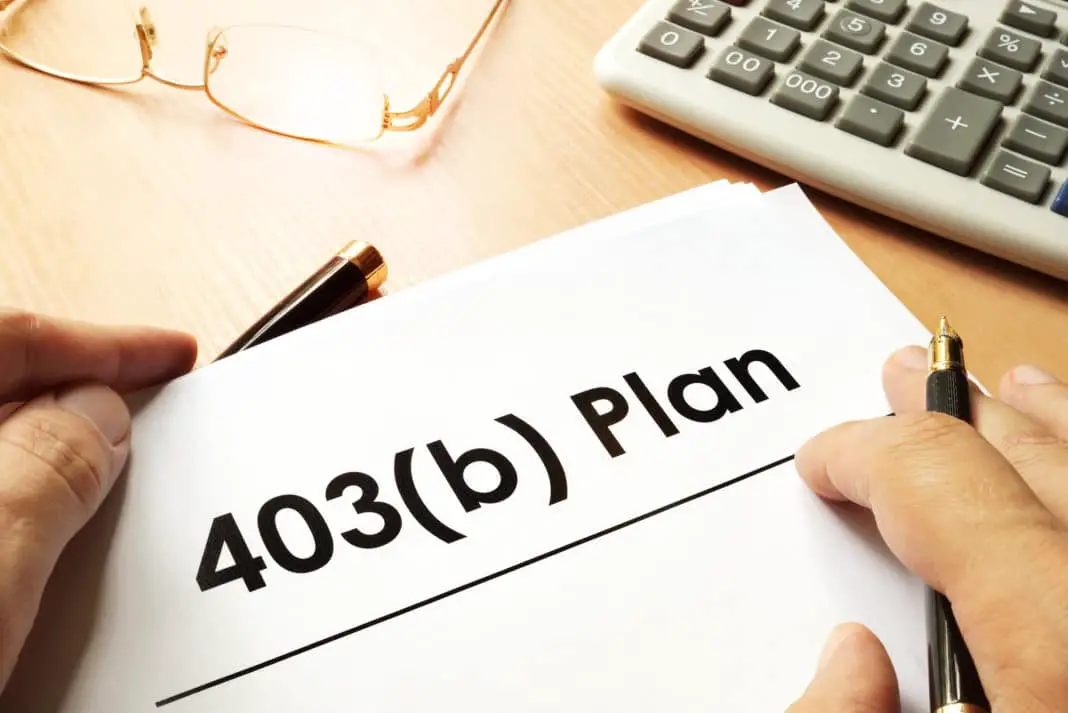The 403(b) retirement plan is a great financial structure for saving money.
Much as with a 401K plan, contributions to your 403(b) retirement plan are made on a pre-tax basis. This can reduce your income tax bill tremendously.
Not everyone can take advantage of a 403(b) retirement plan. They ‘re only available to employees of public education organizations, co-op hospital service organizations, self employed ministers, and some non-profit employees.
All of the profits from your 403(b) retirement plan, such as interest, dividends, and capital gains, are protected from being taxed until you withdraw them at which time they are taxed at your current tax rate.
Read Also: What is a 401k Plan?
If, however, the withdrawn funds are after tax contributions (i.e. they were added to the 403(b) retirement plan after already being taxed), you can withdraw them tax-free.
403(b) retirement plans are among the more flexible retirement plans out there. You can add after tax contributions, Roth contributions, and you can even transfer them into an IRA fund under certain conditions.
Rules for 403(b) Retirement Plan Withdrawals
Once you’ve reached the age of 59 and a half, you can begin to withdraw money from your 403(b) plan without triggering penalties. The money that you withdraw become taxable income at that point.
If you withdraw the money before you reach 59 and 1/2 , however, in addition to the income tax that you will incur, you will have to pay an additional 10% early withdrawal penalty fee.
Although there are special hardship situations where you can avoid the early penalty fee, before doing so you should talk to your financial advisor to ensure that you’re getting the most up to date information.
What if You Don’t Want to Start Withdrawal at Age 59?
The government doesn’t actually force you to start withdrawing money from your retirement plan until age 70. And even then, it only forces you to withdraw the minimal amount necessary.
If, for tax purposes, you don’t want to start withdrawing money from your 403(b) plan, you’re out of luck.
What is a Roth 403 B Retirement Plan?
In 2006, some changes went into law as to how a 403(b) plan could be funded – this is commonly called the Roth 403(b) .
The most striking and beneficial feature of this account is that, when you withdraw the money, you never have to pay federal income taxes on the growth part of it.
However, just as with a regular 403(b) retirement plan, you are still subject to early withdrawal penalties if you start withdrawing before age 59 and a half.
Another feature of a Roth 403(b) account is that employers if they wish, are able to consolidate a variety of retirement funds into a central savings account – making it a little bit like a mutual fund.
Read also: If an employer does not offer a retirement plan, what might be another way to save for retirement?
Another big advantage of the Roth 403(b) retirement plan is that you can contribute up to $19,000 to the plan – considerably more than you can to a personal IRA account.
Image: 403b Retirement Plan Rules

